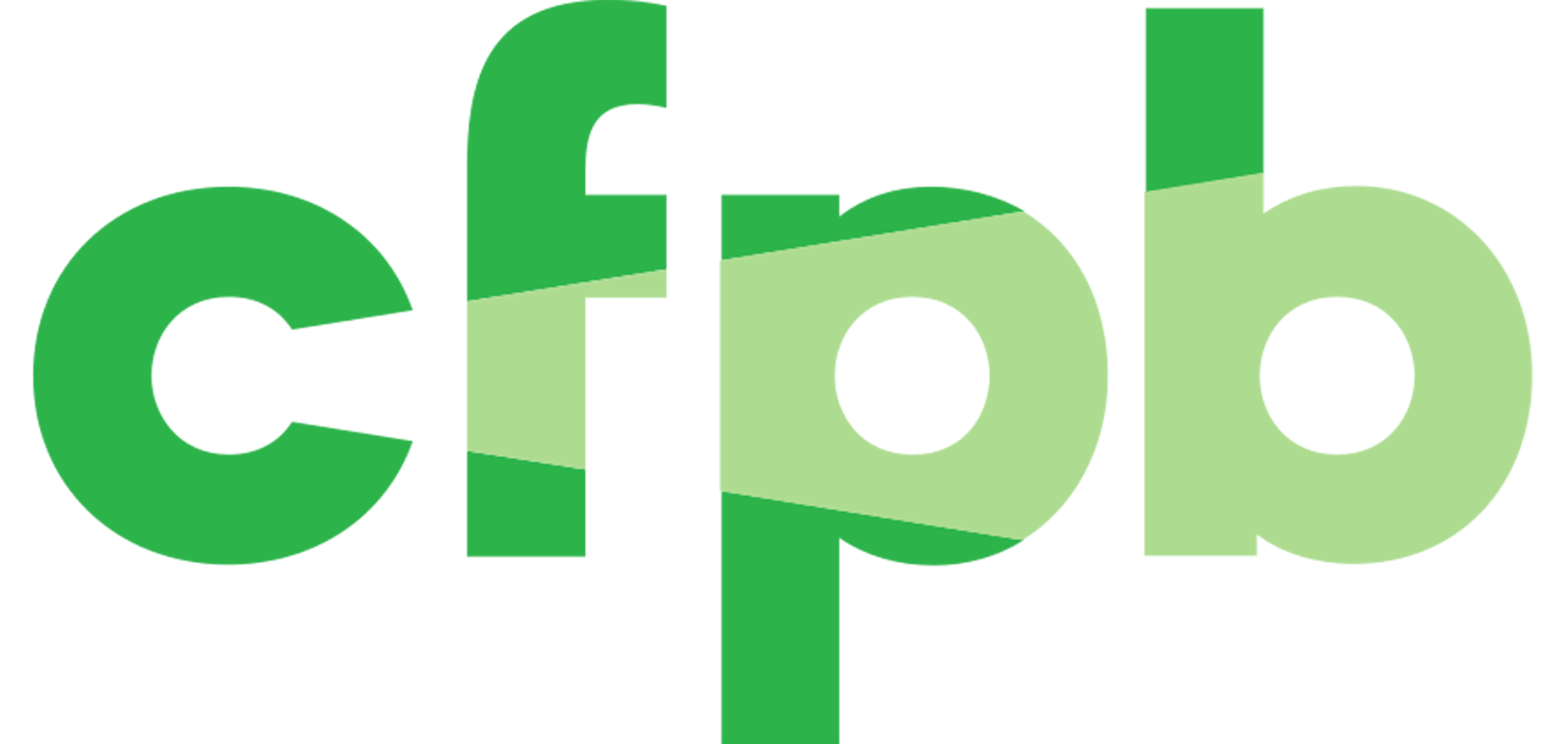CFPB Releases Final Ability-to-Repay Guidelines

On January 10, the Consumer Financial Protection Bureau (CFPB) announced the release of its final Ability-to-Repay rule, which outlines the steps lenders will be required to take to obtain and verify information to determine whether a consumer can afford to repay a mortgage. The rule also establishes a final definition of “qualified mortgage.” The rule provides a presumption that lenders will have complied with the Ability-to-Repay rule if they originate a mortgage that meets this definition. CFPB also proposes that HFAs and nonprofit lenders be exempt from some of the rule’s requirements, as NCSHA proposed in its comments on the proposed rule. The rule takes effect on January 10, 2014.
The rule is expected to come out later today. When it does, NCSHA will examine the rule in detail, but for now here is a quick summary of its basic provisions, based on CFPB-provided information.
Ability-to-Repay Standard
The Dodd-Frank Wall Street Reform Act requires lenders to ensure that consumers have the ability to afford their mortgages. Under the final rule, lenders will be required to consider at least eight factors when determining whether a borrower can afford a mortgage:
- The borrower’s income and assets;
- The borrower’s current employment status;
- The borrower’s credit history;
- The borrower’s other debt obligations;
- The monthly mortgage payment amount;
- Other monthly payments associated with the home loan;
- Other loans associated with the property; and
- The monthly debt-to-income ratio or residual income the borrower would be taking on with the mortgage.
Lenders must examine all these factors when determining whether a borrower has enough income to pay back the mortgage. To prevent lenders from using “teaser” rates to mask the true cost of a loan, lenders will have to calculate the likelihood that the borrower will be able to pay off the loan over the long-term. The rule includes an exemption for lenders who refinance a borrower out of a risky unconventional loan (such as an interest-only or negative amortization) into a more conventional loan.
Qualified Mortgage Definition
Under Dodd-Frank, loans with negative amortization, interest-only payments, balloon payments, or terms exceeding 30 years cannot be considered qualified mortgages. “No-doc” loans, where the lender does not verify the borrower’s income, and those loans in which borrowers are required to pay points and fees in excess of three percent of the loan’s total value are also prohibited.
The rule makes a special exception for balloon-payment loans originated by small lenders who serve primarily rural or underserved communities. Creditors are only eligible to make rural balloon-payment qualified mortgages if they originate at least 50 percent of their first-lien mortgages in counties that are rural or underserved, have less than $2 billion in assets, and (along with their affiliates) originate no more than 500 first-lien mortgages per year.
The final rule also establishes the underwriting guidelines that must be used to determine whether a home loan meets the qualified mortgage definition. Specifically, lenders would be required to calculate a borrower’s monthly payment using the highest payment possible in the loan’s first five years. Further, the consumer must have a total debt payments-to-income (DTI) ratio (including payments on other obligations besides the mortgage) of no more than 43 percent. The final rule also establishes a temporary category of mortgages that would allow borrowers to exceed the 43 percent total DTI ratio if the lenders can demonstrate that the loans can pass the underwriting process followed by Fannie Mae, Freddie Mac, or the Federal Housing Administration (the loans do not have to be purchased by any of these entities to qualify).
Legal Protections for Qualified Mortgages
The rule establishes two different levels of legal protections for qualified mortgages, depending on their features. Low-cost, prime mortgages that meet the qualified mortgage standard will receive a legal “safe harbor” protection. This means that, if such a loan meets the qualified mortgage, and a borrower challenges the validity of a loan on the basis that a lender should have known they couldn’t afford it, criteria, the court should presume that the lender acted in good faith.
For those qualified mortgages that also meet the definition of “high-cost” mortgages, borrowers will have the right, known as a “rebuttal assumption,” to challenge the assumption that the lender properly assessed their ability to pay the mortgage. They would have to prove the creditor did not consider their living expenses after their mortgage and other debts.
Possible Exemptions for HFAs
CFPB proposes that HFAs and lenders participating in HFA programs “intended to foster community development” be exempt from this rule, as NCSHA requested in our comments on the proposed rule. It is not yet clear what kind of HFA programs would be covered under this exemption. NCSHA will share more information about this proposal when the rule has been released.
The proposal also seeks comments on whether CFPB should give an exemption to nonprofit lenders who serve low-and moderate income borrowers, as well as federal refinancing programs.

